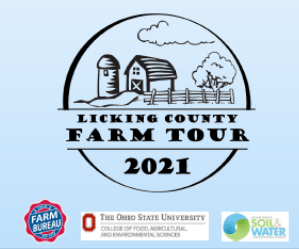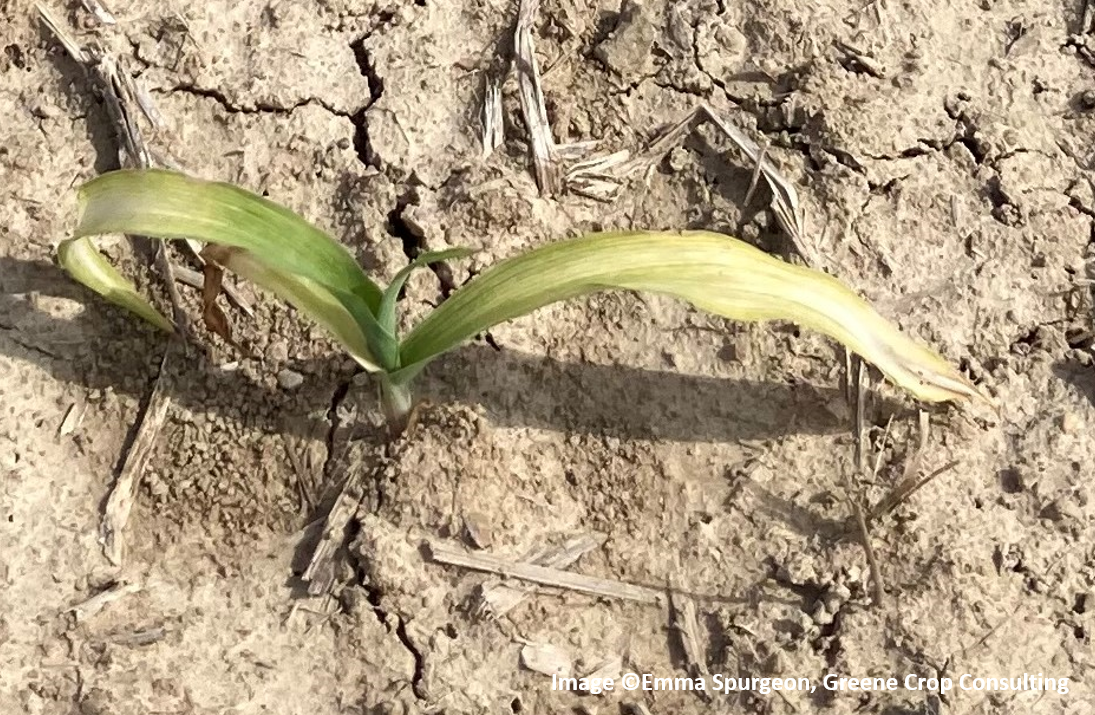Christine Gelley, OSU Extension Educator ANR, Noble County
The  Ohio Forage and Grasslands Council cordially invites you to join forage and livestock enthusiasts from across the state for their 2021 Summer Forage Field Days. Anyone with an interest in pasture management, hay production, or livestock systems is welcome to attend one or all of the field days planned as drive-it-yourself day tours in Central Ohio.
Ohio Forage and Grasslands Council cordially invites you to join forage and livestock enthusiasts from across the state for their 2021 Summer Forage Field Days. Anyone with an interest in pasture management, hay production, or livestock systems is welcome to attend one or all of the field days planned as drive-it-yourself day tours in Central Ohio.
The series will begin June 25, 2021 in Crawford County. Finishing sheep, goats, and cattle on forage will be the topic of this field day and will include a stop on storing wet forages. This program will feature a tour in the morning of a grazing goat operation at H&M Family Farm with Mike & Angie Hall. Guests- Bob Hendershot, John Berger, and Mark Sulc will discuss finishing sheep, goats, and steers on forage. After lunch we will travel to a second farm to view alternative forage storage methods. At this stop we discuss baleage and methods to prevent barn fires. The Crawford County field day will begin at 980 Brokensword Rd. Sycamore, OH 44882 at 11:00 a.m. and conclude at 3:00 p.m.
On July 9, 2021, the series will continue in Wayne County. Improving soil with multi-species grazing and accelerated lambing will be the themes of the day. We will begin at Lone Pine Pastures with Jeff & Michelle Ramseyer who raise Katahdin sheep, Shorthorn beef cattle, pastured hogs, meat goats, and custom graze stocker calves. Along with pasture management, scrapie eradication continues to be a topic of importance for American sheep and goat producers. Over lunch we will review the importance of scrapie tagging and tag options approved for use in Ohio with Brady Campbell, Ph.D., OSU Department of Animal Sciences. After lunch we will travel to the farm of Leroy Kuhns to learn more about the use of accelerated lambing with registered Dorset sheep and corn, oats, and hay production for horses. The Wayne County field day is offered with support from the Ohio Sheep and Wool Program, Ohio Sheep Improvement Association, and the American Sheep Industry Association. We especially encourage early-career shepherds to attend this event. The field day will begin at 1689 Varns Rd. Wooster, OH 44691 at 11:00 a.m. and conclude at 4:00 p.m.
Our third Summer Forage Field Day will take place on August 28, 2021 with stops in Licking and Knox Counties. Our tour will begin at Lightning Ridge Farm in Granville where Bill O’Neill raises Longhorn cattle utilizing intensive grazing. With twelve divided lots and the capability to increase divisions into twenty-four paddocks, cattle are moved daily and have access to portable piped water. We will also discuss the value of hay quality preservation while touring a new hoop barn constructed for hay storage. The second stop in the tour will move six miles north to a field managed by Ned Campbell who has provided space to plant twelve varieties of forages following wheat harvest. Attendees will be able to observe and discuss the value of these forages for grazing or harvesting. For the final stop, we will move further north into Knox county to learn about the use of Conservation Reserve Program (CRP) approved warm-season grass production. This field day will begin at 6817 Cat Run Rd. Granville, OH 43023 at 11:00 a.m. and conclude at 3:00 p.m.
There is a $10 registration fee per field day per person. Lunch is included with registration and will be provided at each field day. A $5 discount will be applied if the person registering is an OFGC Member or a resident of the host county. Payment will be collected at the field day. Please register within one week of the event you plan to attend by completing a quick registration form here.
Questions about the Summer Forage Field Days can be directed to Gary Wilson by calling 419-348-3500.
The Summer Forage Field Day series is a collaborative event planned by members of the Ohio Forage and Grasslands Council, Ohio State University Extension Staff, the USDA-Natural Resources Conservation Service, the Ohio Federation of Soil and Water Conservation Districts, and the Ohio Department of Agriculture.
We look forward to seeing you out in the field this summer!





